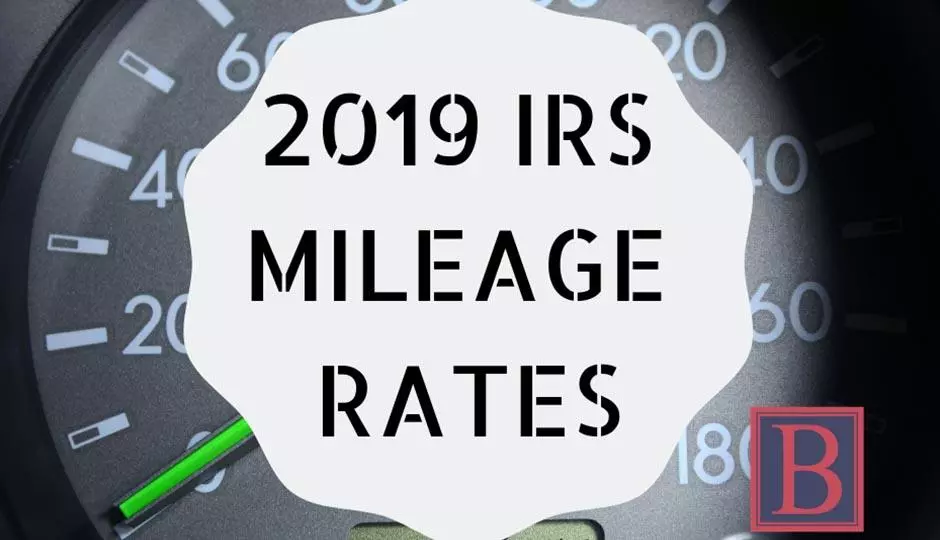The standard IRS mileage rates for 2019 have been released! These should be used to calculate the deductible costs of operating a vehicle for business, charitable activities, medical needs, or moving purposes. The rates are based on an annual study of the fixed and variable costs of operating a vehicle.
Beginning on January 1, 2019, the standard mileage rates are as follows:
- $0.58 per mile driven for business use (this is $0.035 higher than the 2018 rates set).
- $0.20 per mile driven for medical or moving purposes (this is $0.02 higher than the 2018 rates set).
- $0.14 per mile driven in service of charitable organizations - this rate is set by statute.
In the IRS News Release announcing these 2019 rates, the IRS also informed Taxpayers that under the Tax Cuts and Jobs Act, Taxpayers are no longer able to claim a miscellaneous itemized deduction for employee travel expenses or claim a deduction for moving expenses unless they are members of the Armed Forces on active duty moving under orders to a permanent change of station. Additionally, Taxpayers are reminded that they cannot use the business standard mileage rate for a vehicle after using any depreciation method or after claiming a Section 179 deduction for that vehicle, and the rate cannot be used for more than four vehicles used simultaneously.
Will you be traveling in 2019 for your business, medical needs, an Armed Forces move, or for charitable organizations? If so, here are a few helpful tips on how to keep track of these miles.
- DO NOT TRACK YOUR COMMUTE TRAVEL. For “business use”, do not log the miles traveled in your daily commute – that is, getting to and from work! These are not tax deductible.
- DO KEEP TRACK OF BUSINESS ERRANDS. For “business use”, you should log miles travelled to run errands for your business (post office, supplies, etc.), travel for business trips (which includes miles traveled to and from the airport), travel to client offices or job sites, etc.
- INCLUDE THE DATE, # OF MILES, ROUTE AND PURPOSE. Be sure that you are keeping track of the date, number of miles traveled, where you went, and for what purpose you traveled.
- DON’T PROCRASTINATE! It’s best to keep track of your miles traveled as you travel them – don’t procrastinate! Use a GPS app like Waze or Google Maps to help you track your travel. Trying to compile a log later will be difficult, and it could cost you money! Mileage logs can be paper or digital.
- TAKE A PICTURE OF YOUR ODOMETER! You should log your odometer reading at the beginning of each year and at the end of each year. It’s as easy as snapping a picture of your dashboard and saving it somewhere. If you want to be super snazzy – email it to yourself and drag it and drop it to a folder titled “Tax Stuff”!
- START FRESH EVERY YEAR! Start a new mileage log each year vs. logging several years’ worth of travel in a single log.
- KEEP EVERYTHING FOR 3 YEARS! Hang on to your mileage logs for a minimum of three years – we recommend five to be safe!
Have any questions about the new standard mileage rates or how to keep track of miles traveled? Reach out to Bryson Law Firm, LLC to discuss further!






















